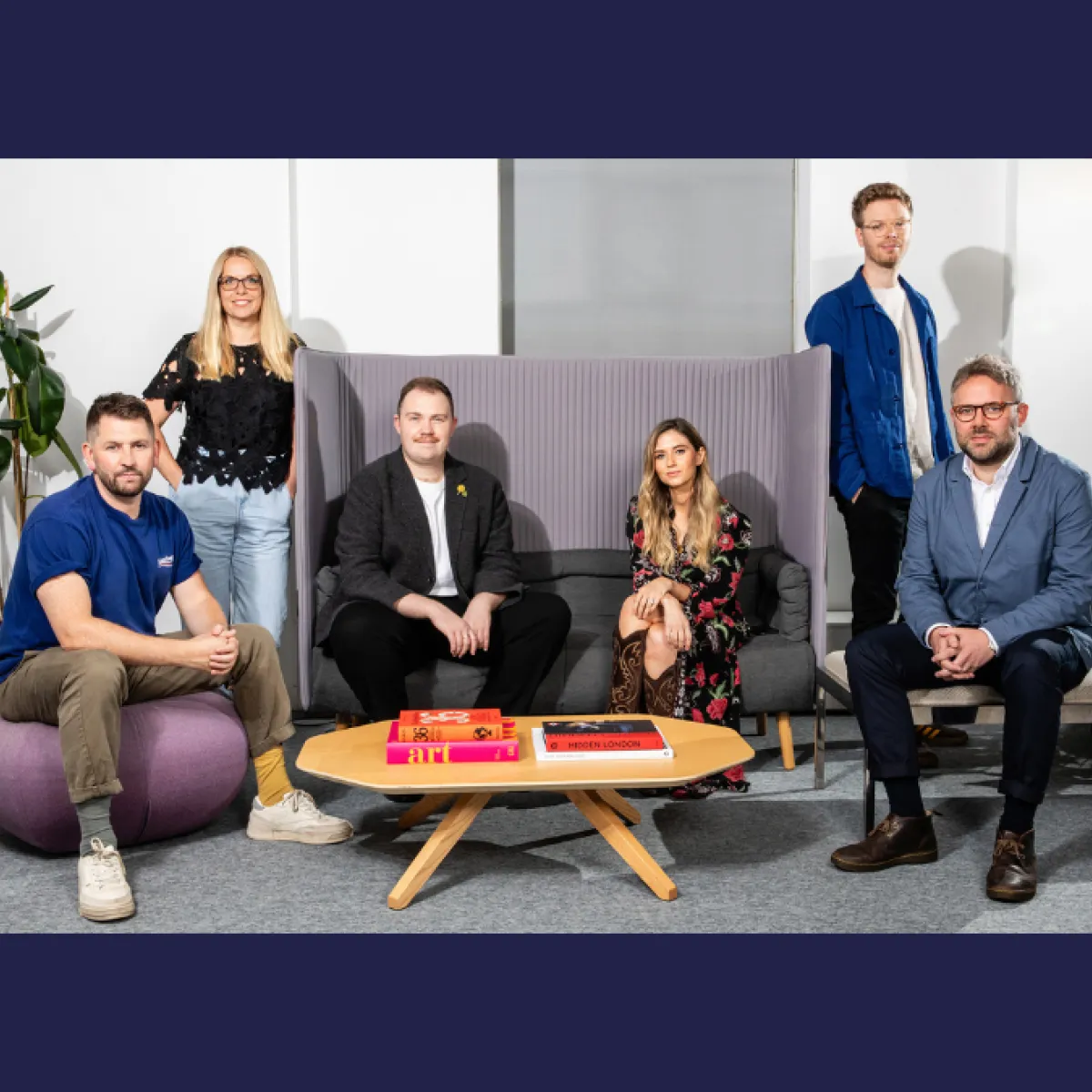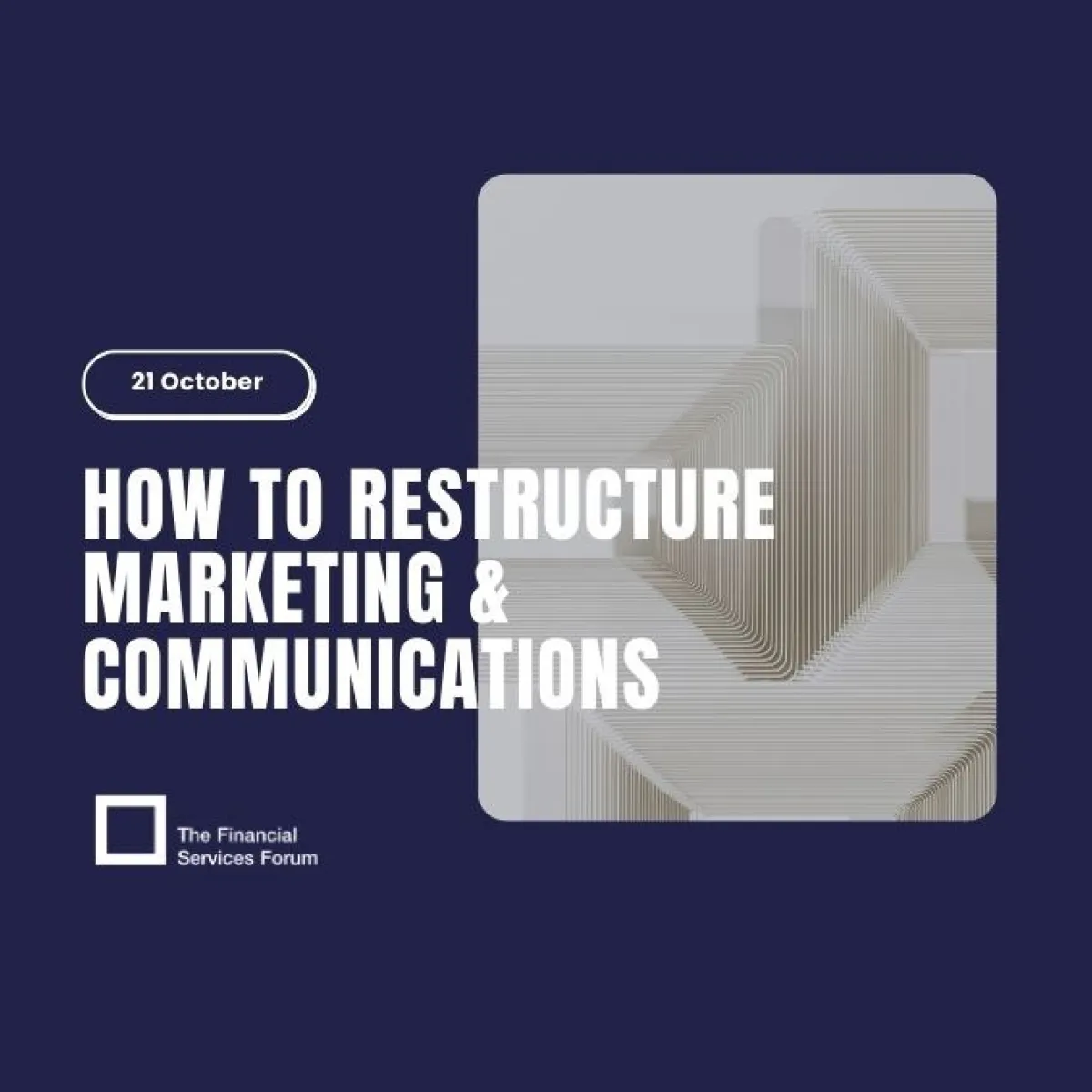This website uses cookies. Learn more
The demands of leaders are changing faster than we realise
Are you ready? Is your organisation ready?
It was whilst attending a client’s ‘Imagine’ internal leadership conference last November, that the enormous implications of how leadership will have to adapt for 2020s was felt. Together with over 300 of the organisation’s top leaders from across the world, I listened first-hand to current experiences and expectations of what it will mean to be a leader of the future workforce and workplace.
Already, they are required to lead larger teams spanning multiple generations; and they have to constantly raise the bar on performance of these teams. What’s more, being increasingly geographically and culturally dispersed, they may not have even met many of their team members.
The next decade’s leaders will also need to have the ability to manage pressure and ambiguity at the same time. They will need to be technically savvy and agile, managing robots as well as people, and doing so as a united team.
They must learn to appreciate and trust what analytics can bring to make better decisions and how AI can bring improved automation. The implications are huge. And, it means leaders will need to be mentally fit to manage the demands.
Let’s take a closer look at ‘digitalisation’ and the changing ‘workforce’.
Digitalisation
One of the profoundly interesting and important development for leaders is the vast quantity of information being digitised. Our social interactions are being digitised, largely thanks to all the different social networks and social media that we have.
The attributes of the physical world are being digitised, thanks to all of these sensors that we have for pressure, temperature, force, stress, strain, you name it. Our whereabouts are being digitised, thanks to GPS systems and smartphones.
We also have other forms of digitization. Physical products and goods continue to be quite physical but are coming wrapped in data; and digital automation of many tasks can either be done by a robot or augmented by artificial intelligence.
There’s good news and challenging news here. The good news is that the variety and volume and quality of data to unlock potential is unlimited.
The challenge is that technology races ahead, leaving a lot of leaders behind.
So it means becoming adept at learning new technologies: managing the uncertainty around job security that automation might bring, managing the impatience of the workforce to use new digital systems quickly, and be adept to finding the right balance between intuition and data when it comes to decision-making.
Changing workforce
Trends like working remotely and flexible contracts; open workspaces and hot desking; greater diversity, and better health and mental wellness programmes like ‘nap pods’ and ‘mental first aiders’ are all continuing to grow in demand.
And, we’re seeing the rise of the ‘activist employee’ – people who speak out against their company on social, ethical and climate issues; with young people entering the workplace wanting to see the purpose of a company beyond just making money.
Much of this change is said to be mostly thanks to the influence of millennials, who will soon be the most dominant generation in the workplace. This shift to employee-centric experience is redefining business strategies from the ground-up; with a focus on development, transparency and work-life balance. All of which means a lot of adjustment for today’s leaders.
Outdated ways of thinking and doing need to be constantly discarded to make space for methods that lead to innovation and growth; and leadership styles suitable for 2020s. In short, it’s time to learn to unlearn. And, it’s time to invest in leadership development and internal culture.
Our approach would be to apply the latest in neuroscience and sociology in any leadership development or culture change programme.
Stay in the loop with our experts




New Business: to find out how we can help you, contact our dedicated new businesss team consultancy@lansons.com
Careers: we’d love to hear from you, please visit our careers hub











